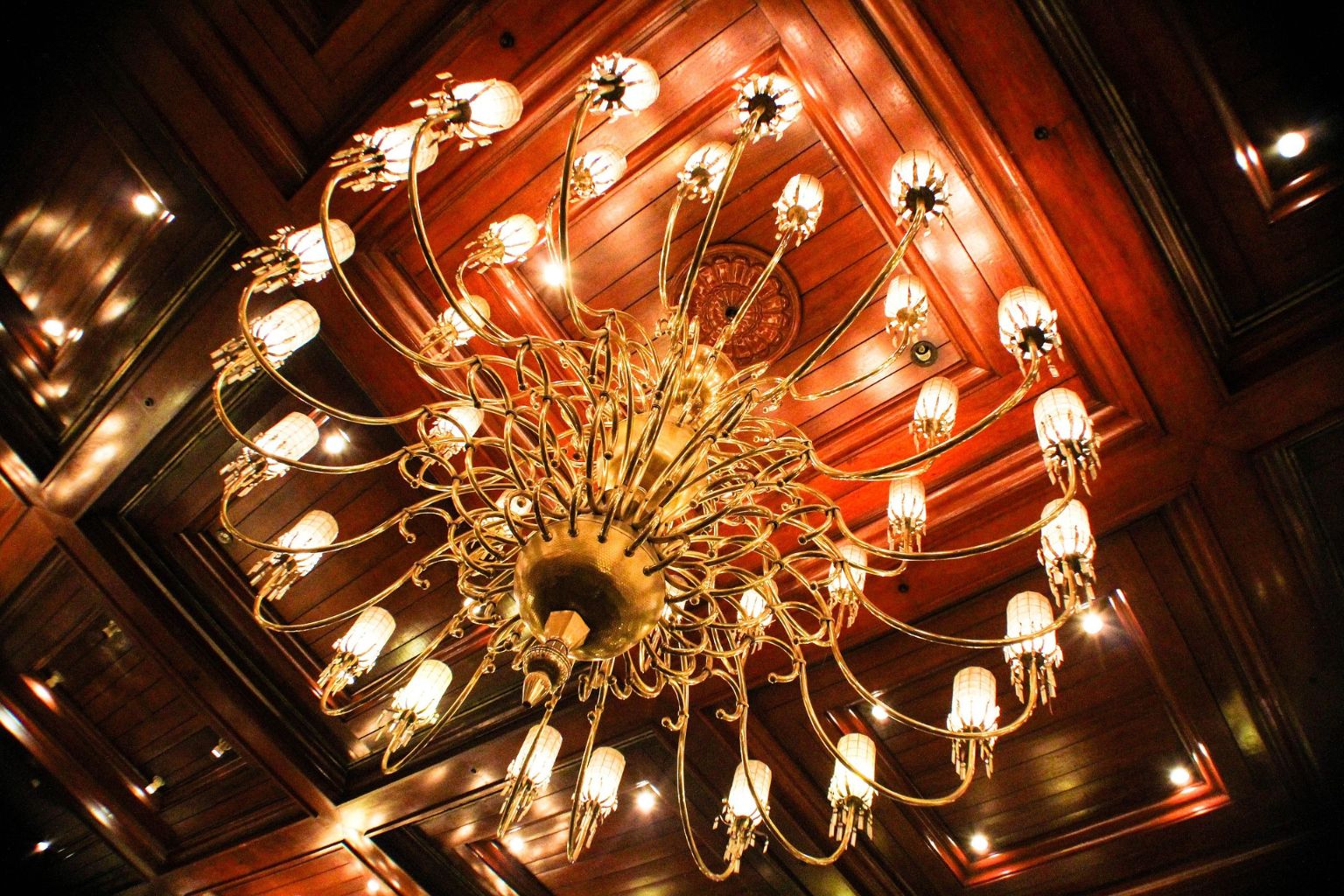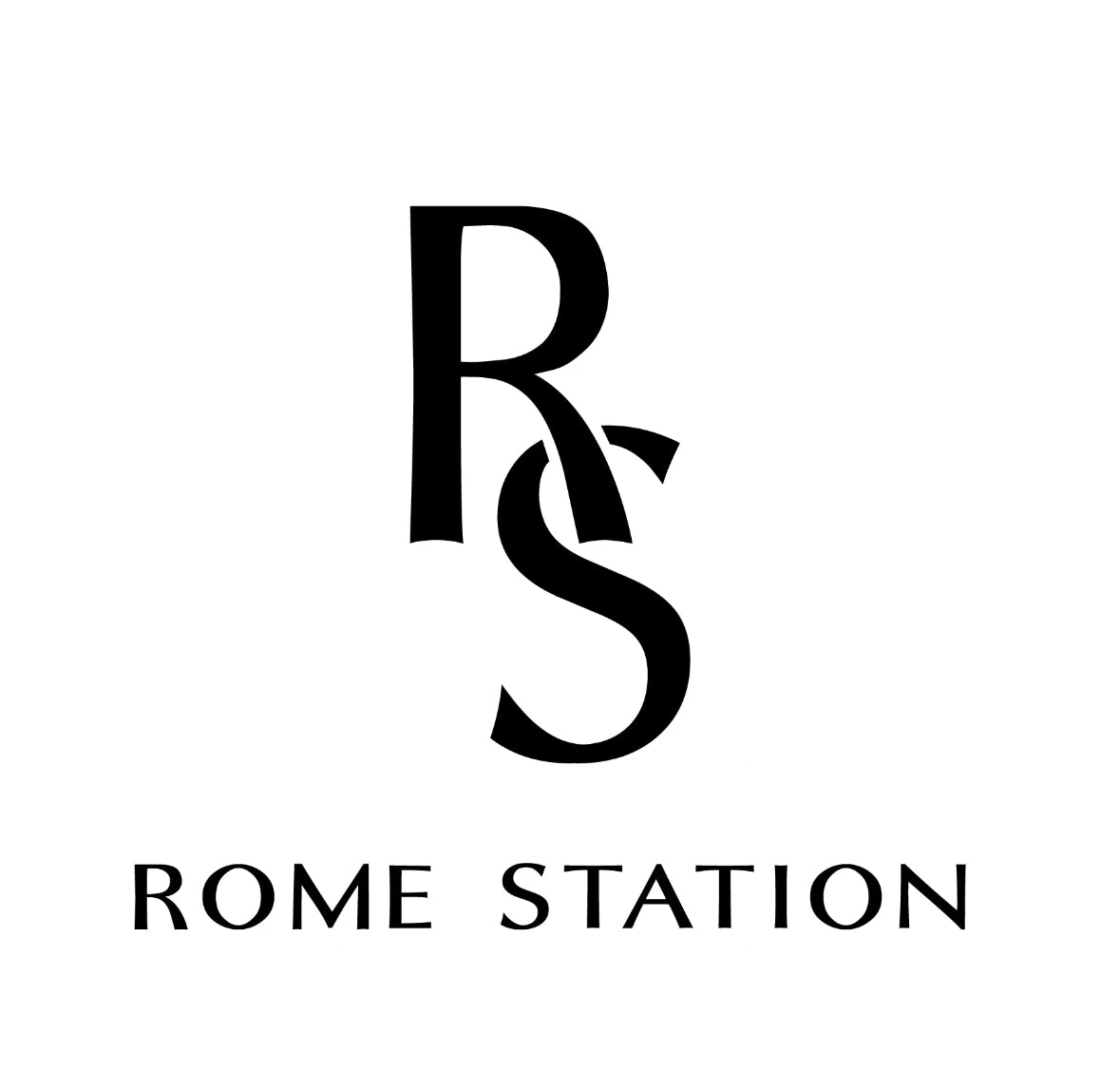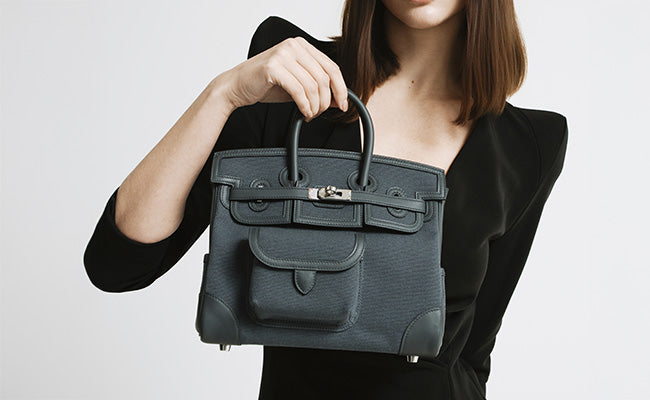
Advanced Hermès Authentication: Micro‑Details Only Experts Check
Check out our Hermès collection and Birkin bags!
The counterfeit Hermès market has gotten so good that even seasoned collectors sometimes get tripped up. Most guides just cover the basics, but the fakes that really fool people? Those take a microscope and some serious know how to catch.
Professional authenticators fixate on micro details, stuff you’d never spot unless you know exactly what to look for, like the angle of a stitch or how hardware fits down to the millimeter.
They’ll bust out magnifiers, calipers, and a mental library of Hermès history. It’s not just about date stamps or glancing at stitching. They’ll study leather grain under bright light, measure hardware, and even track how Hermès changed their processes over the years.
A lot of folks don’t realize: even high-end resellers can get duped by really slick counterfeits.
These days, authentication feels more like a science than an art, mixing old-school knowledge with new tools. If you want to avoid expensive mistakes, you’ve got to know what the real experts look for.
Key Takeaways
- Experts check tiny details like thread angles, hardware fit, and grain patterns that most guides skip
- They use forensic-level tools and combine them with decades of Hermès production knowledge
- Even collectors with years of experience can get tricked by fakes that only show their flaws under close scrutiny
Identifying Signature Hermès Stamps and Logos
Hermès stamps and logos follow some of the strictest standards out there. Font, embossing, and wording all have to be just right, and fakers rarely nail every detail. The tiniest thing out of place can mean the difference between a real treasure and a costly mistake.
Font Style and Alignment Precision
The Hermès logo is unforgiving. Newer bags have slightly thinner fonts than vintage ones, but the proportions? Always spot-on.
The accent on the second "e" in Hermès is a big giveaway. Fakes either skip it or get the angle wrong.
What to check:
- Letter spacing should be dead even
- The "H" has straight, parallel verticals
- The "s" curves are smooth and balanced
- The whole logo lines up perfectly
Font thickness changes over the years, but the relationship between letters never does. If the logo looks wobbly or off, that’s a red flag.
Embossing Depth and Placement
Real Hermès logos have embossing that’s deep enough to cast a soft shadow, but never so deep it looks pressed-in. When you run your finger over it, it feels smooth yet still stands out.
The logo sits in a very specific spot, centered on the front flap, measured precisely from the edges.
Look for:
- Even depth on every letter
- Clean, sharp edges (not fuzzy or rough)
- Logo sits exactly where it should, not drifting
- Pressure is uniform, showing real skill
Fakes often get lazy here: depth varies, or the logo’s a hair off-center. If you know what to look for, it jumps out.
Comprehensive Stamp Wording Checks
Hermès uses other stamps inside the bag, too: "HERMÈS PARIS MADE IN FRANCE" has to match the real thing exactly in font and spacing.
Hardware stamps need to line up with the bag’s era and style. Every letter should be crisp and even.
Double-check:
- Every "Hermès" has the right accent marks
- "MADE IN FRANCE" is hyphenated properly
- All stamps have the same font weight
- Spaces between words are always consistent
If you’re not sure, compare with photos from a Hermès boutique. Even tiny differences in how letters are shaped can mean trouble.
Deciphering Serial Numbers and Date Codes
Hermès date codes and serial numbers have changed a lot over the years, and knowing where to find them (and what they mean) is a big part of authenticating a bag.
Date Code System Evolution
Hermès started with plain letter stamps in 1945. In 1971, they switched to letters inside circles, each letter stood for a year.
Circle stamps ran until 1996. In 1997, Hermès moved to letters inside squares. This system lasted until 2014. From 2015 onward, the codes are letters without any surrounding shape.
These tweaks made it harder for counterfeiters to keep up. Once you know the formats, you can ballpark the bag’s age right away: circles mean 1971-1996, squares are 1997-2014, no shape from 2015.
Serial Number Placement by Model
Serial numbers don’t just float anywhere, they’re placed in specific spots depending on the bag model.
Birkin bags: Look for codes on the interior back panel, near the bottom, embossed to match the leather.
Kelly bags usually hide codes inside the front flap, but older ones might tuck them along the side panels.
Garden Party and Evelyne: Check inside pockets or along seams, safe from wear and tear.
Constance bags typically have markings inside the main compartment, near the base or back wall.
Wallets and small goods? Codes are inside billfolds or tucked along scarf borders.
If you spot a serial number in a weird place, something’s off.
Production Year Verification
Match up the date code with Hermès charts to check the year. Each letter stands for a year, but the format matters, circle "A" is decades apart from square "A."
Colour and hardware options can help too. Some leathers or metals just weren’t around every year.
Limited editions sometimes use their own codes. If you see something odd, check it against known releases.
Hermès isn’t big on sharing their records, but sometimes boutique staff can help if you’re stuck.
A real bag will show wear that matches its age and code. If the stamp looks fresh on an old, beat-up bag, that’s a red flag.
Inspecting Leather Types and Craftsmanship
Hermès leather is legendary, mainly because of the materials, stitching, and finishing touches that fakes can’t quite capture.
Material Texture and Grain Analysis
Look closely at the leather grain. Togo leather is pebbled and feels both soft and sturdy. Clemence is a bit softer, grains are bigger and more uneven.
Epsom is pressed and totally uniform, while Swift is smooth and almost shiny, with little visible grain. Box calf is stiffer, nearly flat, and glossy.
What matters:
- Grain depth is even, but not too perfect
- Texture shows some natural variation
- Thickness fits the bag style, not too chunky, not flimsy
- No plastic shine or weird smoothness
Fakes often use corrected grain or synthetics that look too flawless or just feel off. The leather should have some heft, but not be overbuilt for its model.
Expertise in Saddle Stitching
Hermès only uses saddle stitching, two needles, hand-sewn, each stitch angled at about 45 degrees.
Thread always matches the leather, and it’s linen, so it looks a little matte. Stitch length stays consistent.
How to spot it:
- Stitches are 3-4mm long, evenly spaced
- Each stitch leans at 45 degrees
- No loose threads or skipped stitches
- Ends are tucked in and secure
Machine stitching looks too perfect, straight up and down, same tension everywhere. Hand-stitching has tiny quirks that show a real person made it.
Leather Smell and Finish
Real Hermès leather smells clean, faintly sweet, never chemical or overpowering. That scent comes from the high-quality tanning process.
Fakes can reek of glue or chemicals, or try to mask it with perfume. If the smell is strong or weird, be suspicious.
The finish should feel smooth and a little waxy, never sticky or plasticky.
Check for:
- Light, natural sheen, not glossy
- Smooth to the touch
- No tackiness
- Colour is even
- Smells like real leather, not chemicals
Examining Hardware Micro Detections
Hermès hardware is a whole other level: weight, plating, engravings, every detail matters, and most fakes slip up somewhere.
Palladium Hardware Authentication
Palladium’s tricky. Real Hermès palladium hardware is a soft silvery white, doesn’t tarnish or fade.
It’s smooth but not a mirror, there’s a subtle matte quality. Fakes are often too shiny or even turn greenish.
Weight matters: Genuine pieces feel solid but not heavy for their size. Plating is even, with no bubbling or flaking.
Check the backs of hardware, too. Real ones are plated everywhere, even where you can’t see. Fakes often skip hidden spots.
Try a magnet, real Hermès palladium hardware barely reacts, since it’s brass underneath.
Gold and Other Rare Hardware Finishes
For gold, check the karat and that the plating doesn’t wear off at corners.
Rose gold should have a warm, consistent pinkish tone. Fakes sometimes look too coppery or inconsistent.
Rare finishes like permabrass or brushed palladium need extra attention. Permabrass, for example, gets a patina over time that’s tough to fake.
Look at the edges and where hardware connects, real Hermès plating is thick and even, no thin patches or base metal showing.
Real hardware is tough, resists scratches and keeps its finish.
Engraving Details and Weight
Engravings on real Hermès hardware are deep and crisp. Under magnification, grooves are sharp and letters are perfectly spaced.
| Authentic Features | Counterfeit Issues |
|---|---|
| Deep, shiny grooves | Shallow, laser-etched lines |
| Even letter spacing | Uneven, awkward fonts |
| Clean, sharp edges | Blurry or wavy engravings |
| Correct proportions | Letters look off |
Weight varies by hardware, but real pieces always feel substantial, never cheap or flimsy.
Engravings should be perfectly lined up and the same depth everywhere.
Hardware Variants on Limited Editions
Limited editions sometimes have unique hardware finishes you won’t see on regular bags. We keep records of these to check claims.
Special stamps or extra markings might show up, these need to match Hermès’ own specs.
Hardware sizes can differ on limited runs. Most fakes just use standard parts and hope you won’t notice.
All hardware on a real limited edition matches in colour and finish, right down to the zipper.
Always make sure the hardware’s style fits the production year, some finishes just didn’t exist every year.
Constance Bag Authentication: Model Specific Micro Details
The Constance’s H clasp and sharp lines make it a favorite for counterfeiters, but also give away a lot if you know what to check. Each size has its own quirks and construction details that reveal the truth.
Origins and the Catherine Chaillet Legacy
Catherine Chaillet designed the first Constance in 1959, naming it for her daughter. That personal touch comes through in the proportions and careful details.
Original bags have specific measurements Hermès still uses. The H clasp sits at a precise spot, and the width-to-height ratio is always 3:2, no matter the size.
Early bags from the late ‘60s sometimes carry Chaillet’s initials inside the flap. Newer ones keep the tradition alive through consistent design.
The clasp is a feat of engineering, flush with the leather, never bulky. That detail is one of the first things we check.
H Clasp Mechanism and Materials
The H clasp works with a turning mechanism that’s tricky for fakes to get right. Genuine clasps need a solid 90-degree rotation, with steady resistance the whole way, no wobble, no stickiness.
Hermès uses solid metal for their clasps, never hollow. You can feel the difference in the weight and even hear it, a real one gives off a crisp, solid sound when you tap it, not a hollow ring.
| Clasp Feature | Authentic | Fake |
|---|---|---|
| Turn mechanism | Smooth, precise 90° | Loose or sticky |
| Weight | Substantial, solid | Light, hollow |
| Engraving depth | Deep, crisp | Shallow, uneven |
| Surface finish | Even, no bubbles | Rough, pitted |
On the back, you’ll see “HERMÈS” engraved in their house font. The spacing and depth stay consistent. Fakes often mess up the letter heights or the accent on the “È.”
Shoulder Strap Construction
Real Constance straps have hand-stitched edges with a subtle bevel, it’s a detail most fakes skip because it’s expensive and time-consuming. If you check the cross-section, you’ll spot several leather layers bonded together.
The strap’s attachment points show reinforced stitching in a unique pattern. Hermès artisans make small, angled stitches that go through every leather layer. Machine-made fakes usually have straight, vertical stitches.
Hardware rings on genuine bags have tiny welding marks inside, little imperfections that show they’re hand-assembled, not cranked out by machines. The rings feel heavy for their size.
The strap adjusts with a buckle system that feels distinct. Authentic buckles click into place with a certain resistance at each hole. The prong develops wear marks that match quality metal.
Differences Between Constance Mini, Constance 24, and Cartable
The Constance Mini is 18cm and uses smaller hardware. The H clasp works the same but fits tighter in the Mini. Strap width? Still 12mm, no matter the bag size.
Constance 24 is the classic size Catherine Chaillet designed. It’s got the best balance between clasp and body. Inside, the pockets sit in specific spots, changing a bit in the Mini and Cartable.
The Cartable adds a top handle but keeps the shoulder strap. This hybrid needs extra hardware, and fakes often get those mounting points wrong.
Each size uses its own leather cutting pattern. The grain flows differently on bigger bags, broader on the Cartable, tighter on the Mini, which needs careful leather selection to look right.
Date stamps move around depending on the size. Mini: behind the rear interior pocket. 24: on the interior back wall. Cartable: front interior, thanks to its structure.
Spotting Details in Packaging, Accessories, and Boutique Experiences
Details outside the bag matter just as much. Dust bags, care booklets, even how you buy the bag, all have tells that fakes consistently miss.
Authentic Dust Bags and Logos
Dust bags are a quick authenticity check. Hermès dust bags have logo proportions that change by production era.
Logo placement and design:
- Pre-2000s: Single ring around the “H”
- 2000s+: Double ring
- Logo always centered, spacing spot-on
The “H” is a giveaway. Real ones are smaller, thicker, and the edges are sharp. Fakes usually have a thin, stretched “H” that just looks off.
Fabric quality? Real dust bags use a cotton blend with a subtle texture. They feel substantial, not flimsy.
Colour is key. The orange is always the same warm tone. Fakes often have mismatched fabric and logo colours.
Sometimes, the bag looks perfect but the dust bag is a dead giveaway, cheap feel, wrong logo, wrong proportions. You can spot it right away if you know what to look for.
Accessory and Care Booklet Inclusions
Hermès always includes specific documentation. These booklets have security features that fakes rarely get right.
Care booklets include:
- Watermarked paper
- Consistent font weights and spacing
- Leather care instructions in several languages
- Hermès contact info
Genuine booklets use thick, cream-coloured paper with a watermark you can feel. Fakes usually go with regular printer paper or weird textures.
Fonts matter. The typeface stays the same all the way through. Fakes mix fonts or pick the wrong ones.
Packaging details count. The orange box has exact dimensions and construction. Ribbon, box corners, and inside cushioning all follow strict specs.
Accessories should match the bag’s production year. A 2020 bag with a 2015 booklet? That’s a red flag.
Signs of a True Hermès Boutique Purchase
Shopping at a Hermès boutique isn’t just about the bag, it’s a whole process that leaves its own trail.
Purchase documentation includes:
- Receipt with specific formatting
- Boutique details and codes
- Sales associate info
- Date and location stamps
Receipts use a particular paper and layout, with strict fonts and spacing.
Boutique shopping bags have their own tells: handle style, construction, folding method, all done to exact standards. They’re made to the same level as the bags themselves.
The sales process is unique. Buying a coveted bag on a whim almost never happens. If someone claims they strolled in and bought a Birkin instantly, that’s pretty suspicious.
Sometimes, the story just doesn’t fit how Hermès actually sells their bags, and that’s a big warning sign.
Understanding Authentication Technologies and Specialist Tools
These days, Hermès authentication uses specialized tools and methods to spot microscopic details you’d never catch with the naked eye. Pros use magnification, UV light, and a step-by-step process that’s surprisingly scientific.
Magnification and Micro-Detail Inspection
We use powerful magnifiers, jeweller’s loupes at 10x to 30x, to see what separates real Hermès from even the best fakes. You can spot the quality of stitching, leather grain, and hardware engraving up close.
Under magnification, real Hermès stitching keeps the same thread tension and clean entry points. Their saddle-stitching leaves distinct holes that fakes almost never get right.
Engravings on hardware show up sharp and deep under a loupe. Fakes usually have rough or uneven marks.
Digital microscopes let us compare tiny details to reference images. You can see leather grains unique to Togo, Clemence, Epsom, and more.
Even the thread has a story, Hermès uses linen thread treated with beeswax, giving it a certain texture and sheen you only see up close.
Ultraviolet and Security Features
Hermès hides subtle security features that show up under UV light. Authenticators use UV lamps to spot these markers, which fakes almost never copy.
Some adhesives and treatments in real Hermès bags glow differently under UV than those in counterfeits. We know what patterns to expect.
Leather dyes and finishes react in their own way to UV. Authentic bags have even, predictable fluorescence; fakes show blotchy or wrong colours.
Date stamps and blind stamps sometimes reveal more under UV. Hermès embossing tools and inks can leave traces only visible in special light.
Some hardware even contains trace elements that react to UV in very specific ways. These details are tough for counterfeiters to nail.
Expert Verification Processes
Professional authentication services follow a checklist, examining dozens of details. Every step gets photographed and measured.
Entrupy technology uses AI and microscopic imaging to match surface textures with a huge database of real luxury goods. It can spot tiny patterns unique to Hermès.
We check hardware weight, leather thickness, stitching angles, all with precise tools. Every measurement should fall within the range for authentic pieces.
Expert teams often include former Hermès artisans who know the tricks of the trade. Their eye for subtle inconsistencies catches what machines might miss.
Detailed photos of every checkpoint go into the records. This creates authentication certificates buyers can trust.
Industry Standards and OSA Compliance
The luxury authentication world sticks to strict standards for verification and documentation. This keeps things consistent, no matter who’s checking the bag.
Chain of custody records track each bag’s history, building a permanent database of authentic pieces.
Professional services keep up with training and equipment updates. Counterfeiters get smarter, so authenticators have to stay ahead.
High-value bags get reviewed by several experts, just to be sure. This double-checking helps catch mistakes.
Industry databases share info on new fake techniques and security features. Collaboration keeps everyone one step ahead.
Frequently Asked Questions
Expert authenticators look for micro-details that set real Hermès bags apart from even the best fakes. You need a trained eye to catch these.
What subtle texture nuances should I scout for on an authentic Hermès leather piece?
Real Hermès leather has its own grain, depending on the type. Clemence feels pebbly and a bit irregular, while Togo is finer and more even.
The texture should be supple yet structured. Over time, real leather develops a soft patina that brings out the grain, not hide it.
Fakes usually feel too stiff or too floppy. The grain on counterfeits often looks too perfect or stamped, not natural.
How can I tell if the stitching on my Hermès bag is handcrafted versus machine-made?
Hermès uses saddle-stitching, with each stitch going in at about 45 degrees. This gives the stitches a slight diagonal look.
Hand-stitching has small variations in tension and spacing, tiny signs of human touch. The thread is thicker and more robust.
Machine-made fakes look too perfect. The thread is thin, the stitches are straight, and there’s no angle.
Could you spill the tea on spotting genuine Hermès hardware versus knock-offs?
Real Hermès hardware has a matte finish, not too shiny. It feels weighty and solid.
The “HERMÈS PARIS” engraving is sharp, with even spacing and consistent font weight.
Fakes usually have a shiny, cheap look. Engravings are too deep or too shallow, with uneven letters.
Is there a secret sauce in the scent of real Hermès leather? How do I sniff out the fakes?
Genuine Hermès leather smells rich and natural, with hints of the tanning process. It’s pleasant, never too strong.
Real pieces keep their scent for years without getting musty. It should remind you of fine leather, not chemicals.
Fake leather often smells harsh, chemical, or just off. Some don’t smell at all, or get musty fast.
What's the deal with Hermès date stamps, and how can they clue me in on authenticity?
Hermès date stamps are embossed letters and symbols showing the year and craftsperson. They’re subtle, not pressed in too deep.
The placement changes by model but is always consistent for each style. Real stamps have clean edges, no smudging.
Fake date stamps are usually too deep, in the wrong spot, or use the wrong symbols for that year. Some skip the stamp or put it somewhere odd.
What are the insider tips for decoding the craftsmanship in an Hermès bag's interior?
Check how the interior lining lines up with the exterior seams, those should match up neatly, without any puckering or weird gaps. If you peek at the pockets inside, they ought to sit exactly where they’re supposed to and feel firmly attached.
Take a look at the stitching inside too. It should look just as good as what you see on the outside: even tension, thread color that actually matches, and no sloppy work. The leather edges? They should feel smooth, not rough or unfinished.
If you run into an interior with wonky linings, pockets that seem like an afterthought, or stitching that’s all over the place, that’s a big red flag. Sometimes the materials inside feel off, cheaper, maybe plasticky, or just not what you’d expect from Hermès.




